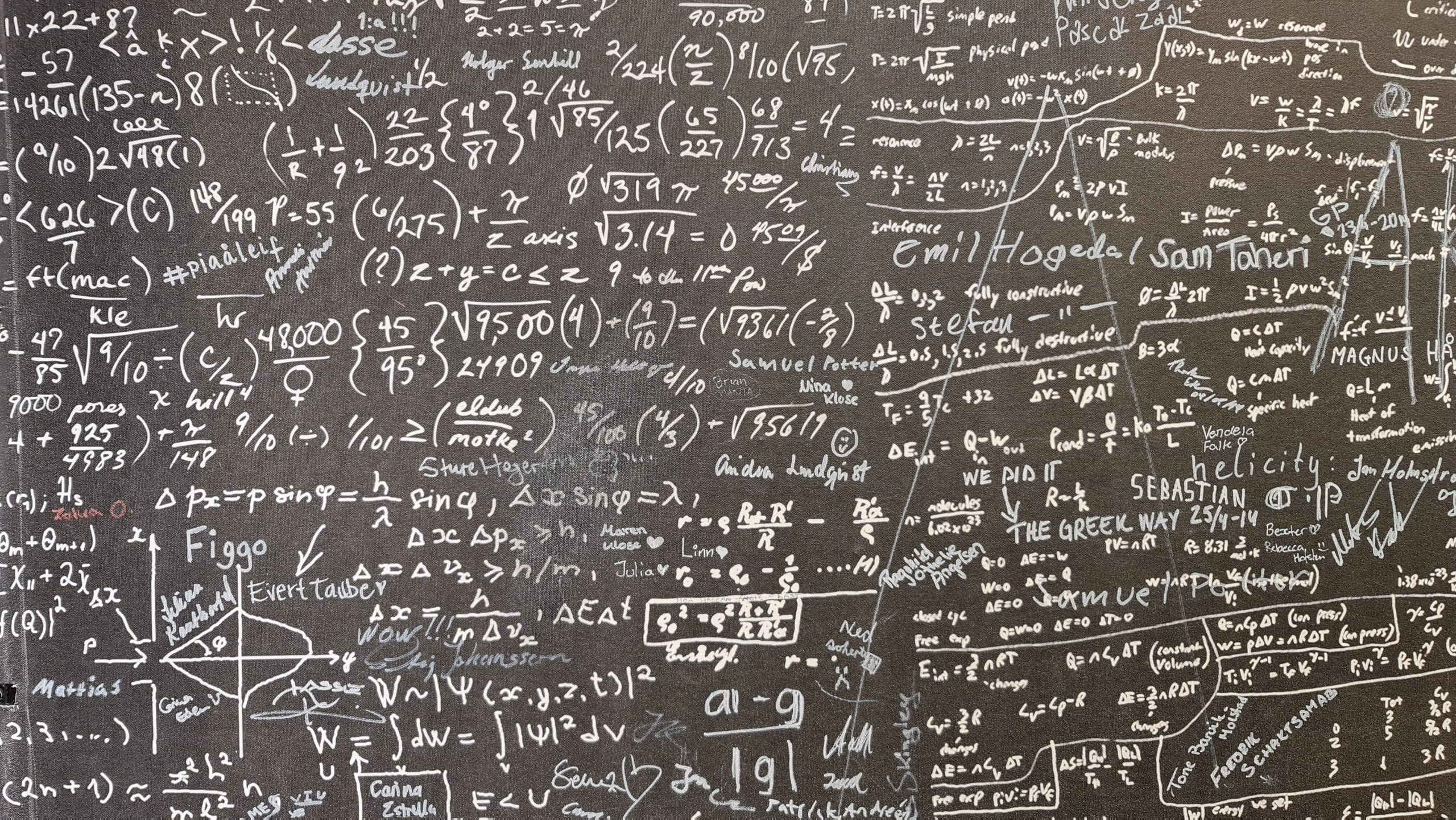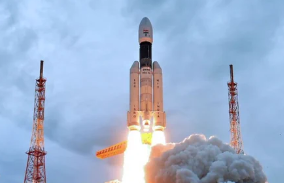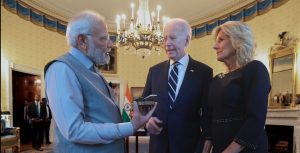Every year on December 22, India commemorates National Mathematics Day. Srinivasa Ramanujan, a well-known mathematician, was born on this day. To honour the remarkable man, then-Prime Minister Manmohan Singh declared the date as National Mathematics Day in 2012.
Here’s a little something about the mathematics legend Srinivasa Ramanajun .
Also Read | Swiss scientists calculate value of Pi to record 62.8 trillion digits
Srinivasa Ramanujan was born in a Tamil Brahmin Iyengar family in Erode, Tamil Nadu, on December 22, 1887.
In 1903, Ramanujan attended the Government College in Kumbakonam. He failed non-mathematical topics in college due to his lack of attention. Ramanujan, however, began working as a clerk for the Madras Port Trust in 1912. It was here that a coworker, who was also a mathematician, realised his brilliance. Professor GH Hardy of Trinity College, Cambridge University, was recommended to Ramanujan by a colleague.
Ramanujan enrolled at Trinity College just before World War I broke out. He earned a Bachelor of Science (BSc) degree in 1916. In 1917, he became a member of the London Mathematical Society.
For his work on Elliptic Functions and number theory, he was elected a Fellow of the Royal Society the following year.
He was the first Indian to be elected a Fellow of Trinity College in October of the same year.
In 1919, Ramanujan returned to India. At the age of 32, he passed away a year later.
Based on Srinivasa Ramanujan’s biography, the film “The Man Who Knew Infinity” was released in 2015. It tells the storey of the mathematician’s life and journey towards the famous mathematical theories.
Ramanujan’s mathematical prowess led to the discovery of his own theorems and the compilation of 3900 outcomes independently.
According to Robert Knaigel’s biography of Ramanujan, “The Man Who Knew Infinity,” GH Hardy once paid a visit to Ramanujan in a hospital. Hardy explained that he arrived in a taxi with the number ‘1729,’ which appeared to be a regular number. It was not, according to Ramanujan. According to him, 1729, also known as the Hardy-Ramanujan Number, is the smallest number that can be represented as the sum of two separate cubes in two different ways.







